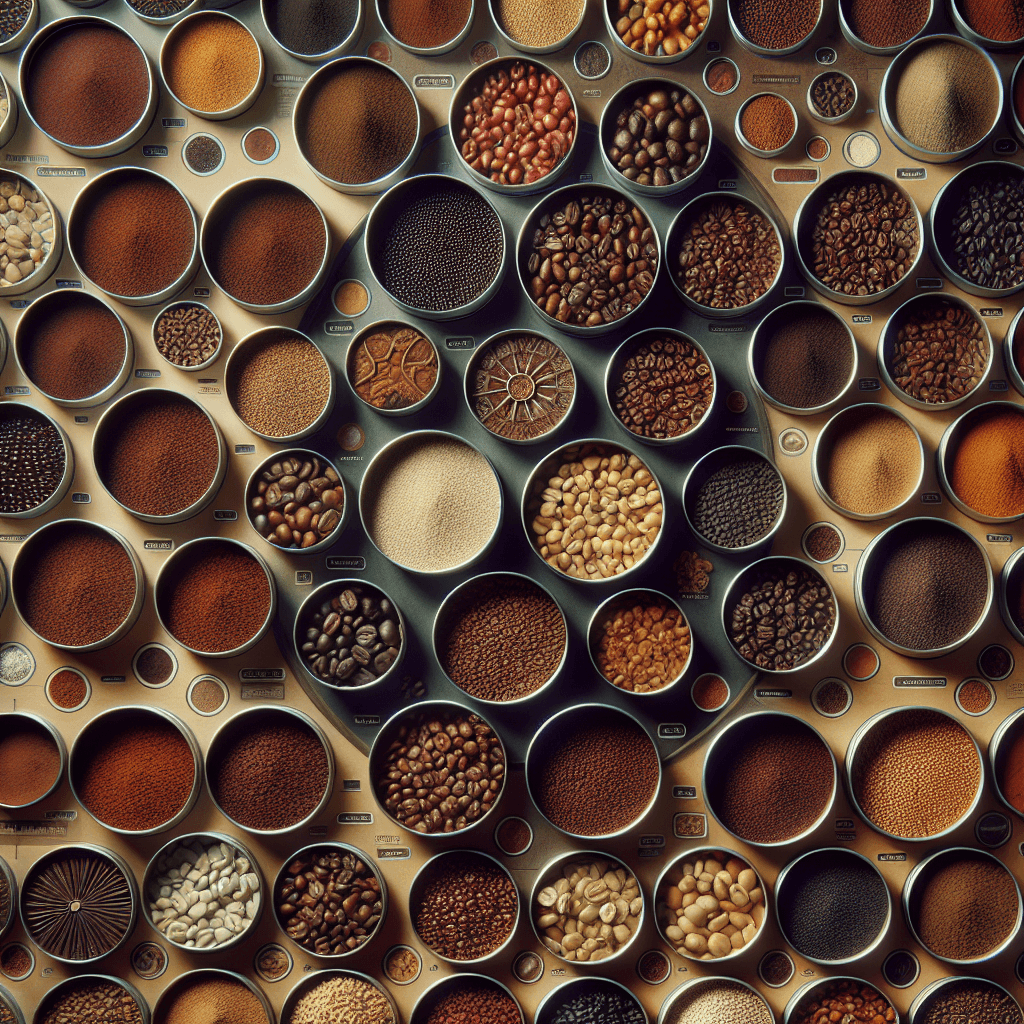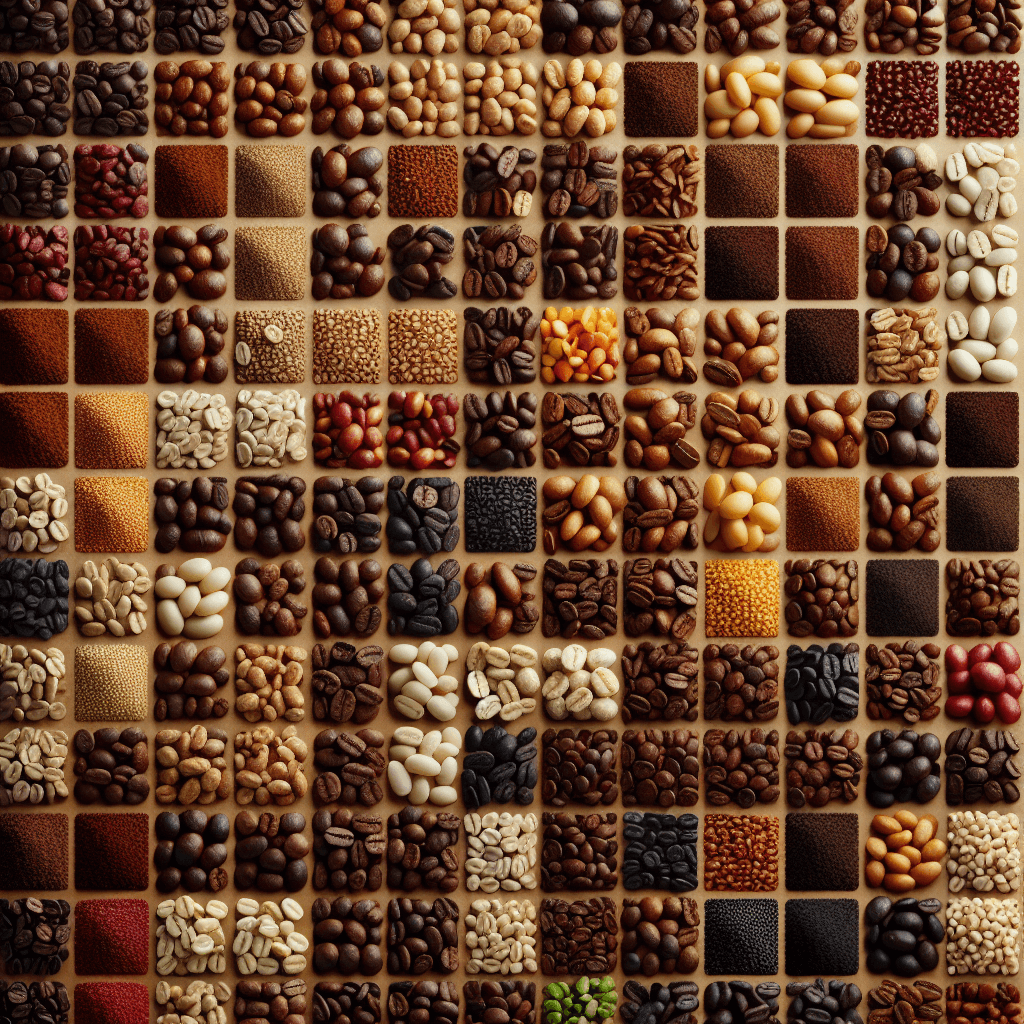Single Origin Coffee Acidity
Understanding the Intricacies of Single Origin Coffee Acidity
Coffee. It's a personal, almost intimate, relationship for many of us. Some of us thrive on its rich, robust flavours, others are captivated by its aroma that paves the way to a promising day ahead, and then there are those who are intrigued by the depth and variety it offers. Specifically, single origin coffee, with its unique acidity levels unraveled by geography, climate and processing, has fascinated the coffee enthusiasts among us. This blog post will dive into the realm of single origin coffee acidity, so brew yourself a cup, sit tight and join us on this informative journey.
A Brief Introduction to Single Origin Coffee
Single origin coffee, as the name suggests, is a type of coffee that is sourced from one specific region or estate. This coffee type offers the opportunity to taste the unique characteristics that are influenced by the geographical conditions of the area from which they are sourced. This includes the soil conditions, rainfall, altitude, and even the post-harvest processing practices. One of the pronounced traits that set apart single origin coffee is its acidity levels.
The Science Behind Coffee Acidity
Acidity in coffee? Yes, you heard that right. Don't let the term 'acidity' confuse you - we're not talking about your coffee potentially upsetting your stomach. Within the coffee world, the term 'acidity' refers to the flavour notes that high quality coffee possesses. High acidity is generally associated with a certain brightness and tanginess in taste, a characteristic highly desired by coffee connoisseurs. This unique element can impart fruity or wine-like flavours and contribute to the overall complexity of your coffee's taste profile.
Factors Influencing Coffee Acidity
Now that you know what coffee acidity is, let us run through the key factors that contribute to the acidity levels in your single origin coffee. The two main factors are geographical location and processing methods. - Geography: The country and the region in which the coffee is grown has a significant impact on its acidity. A general rule of thumb is that the higher the altitude, the higher the acidity. This is because cooler temperatures at higher altitudes cause the coffee cherries to mature slowly, allowing more complex sugars to develop, which results in higher acidity. - Processing: The method of processing the coffee beans post-harvest can also influence the acidity. Washed or wet process coffee tends to retain higher acidity compared to the natural or dry process.
Navigating the World of Acidity in Single Origin Coffees
As you venture into the world of single origin coffees, the myriad acidity levels presented by different regions can provide a captivating flavor exploration. From the high acidity and berry-like flavors of Kenyan coffee; the citrusy and bright acidity of Colombian coffee, to the low acidity and chocolatey flavors of Brazilian coffee - there's a whole world out there to be discovered by your palate.
Daily Grind Tip
To truly savour the unique acidity of single origin coffee, ensure that it is well-crafted and brewed. A badly brewed coffee can overemphasise its bitterness and mask its true flavors and acidity. So remember, good coffee is not luck; it's a science and craft.
Around here, we like to say "Brew it like you mean it!" Because doing anything (including making your coffee) without passion is hardly worth doing, remember that “The only way to do great work is to love what you do” – Steve Jobs. Now, get out there and conquer your world, one cup of delicious, acidically diversified, single origin coffee at a time!









